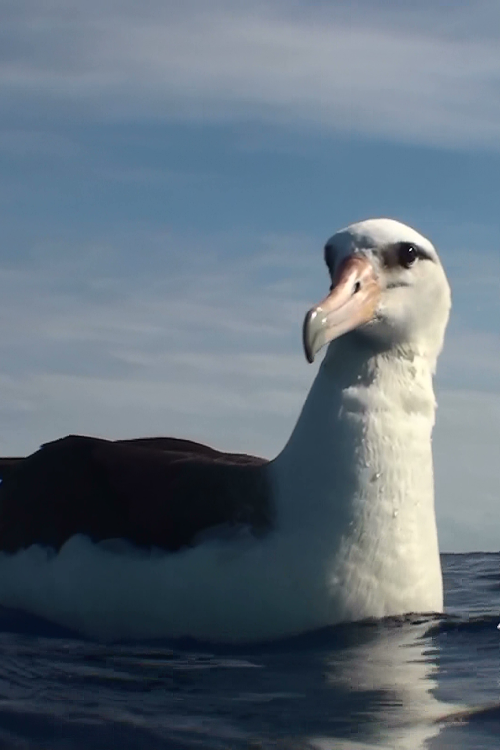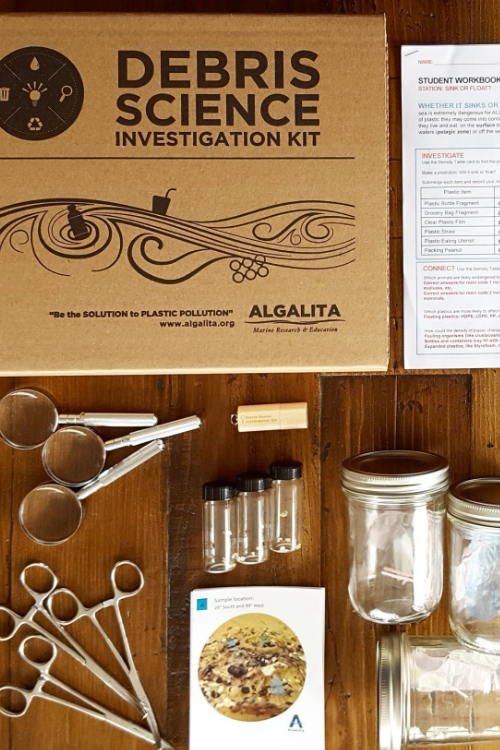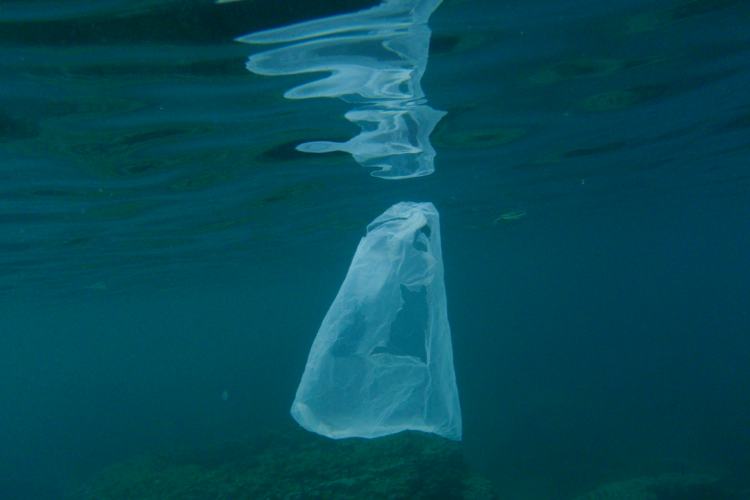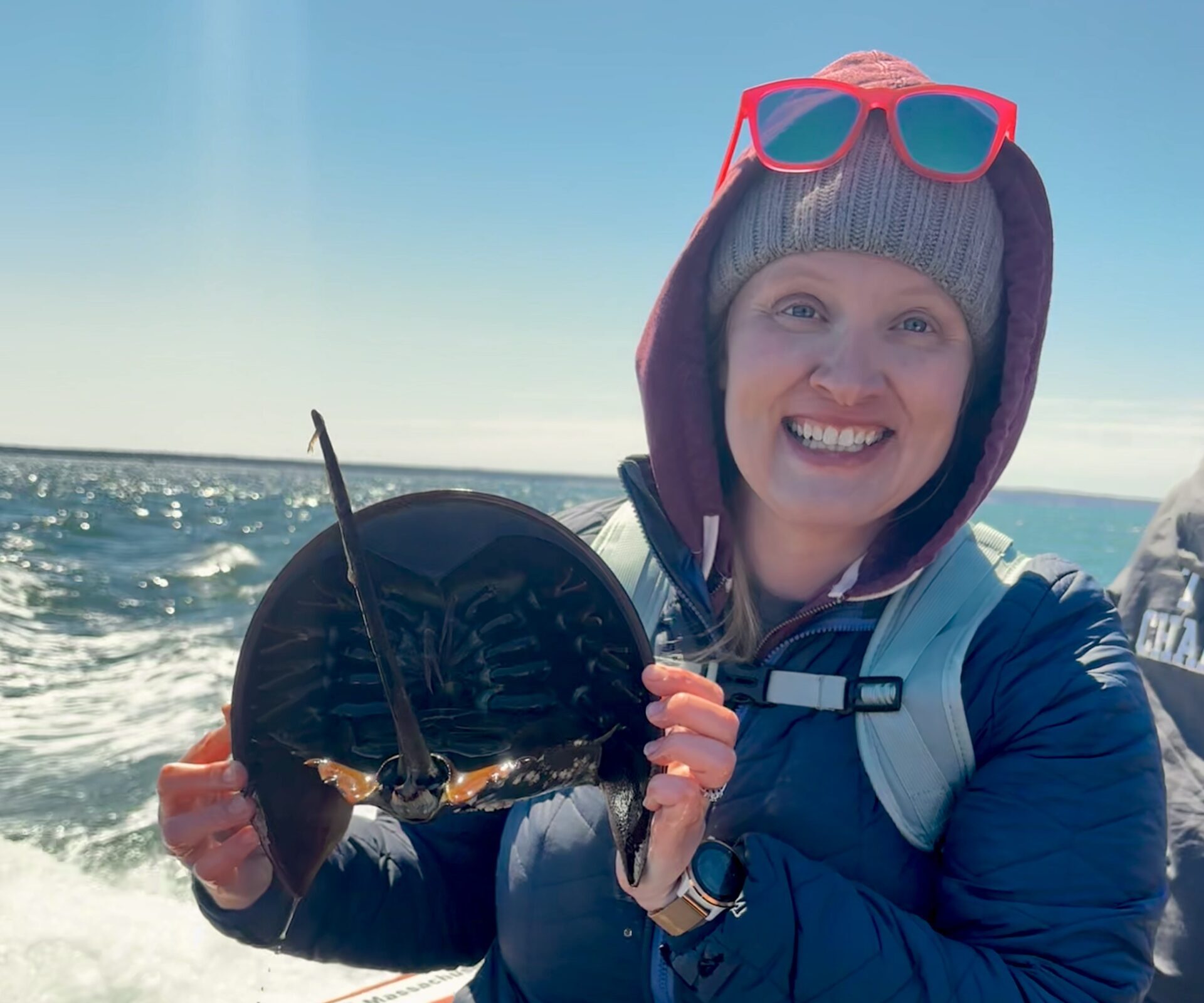
Lesson
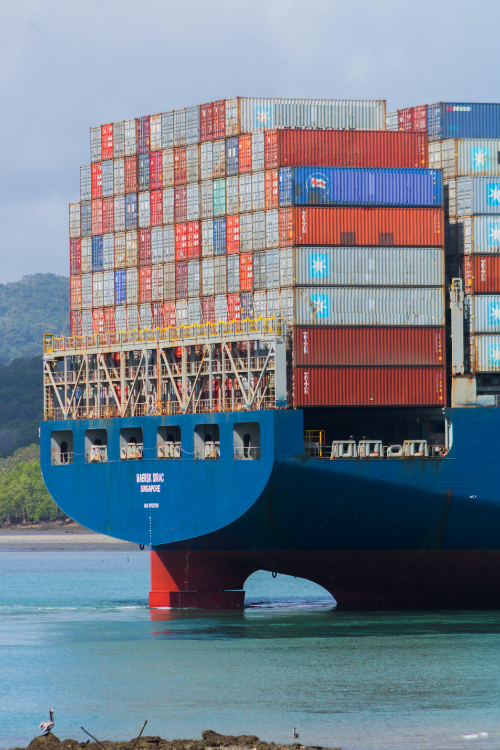
Photo Credit: Jesh on Pexels.
Students will investigate effects of shipping container losses on the environment and engage in a Lincoln-Douglas style debate regarding responsibility of reporting and cleanup.
Grades 4 and up
Time Needed 2 class periods, 60 minutes each
Editable Handouts
This lesson was created by 5th grade educator Ashley Sarvis and is part of the NGSS MS-ESS 3-3 Human Impact – “Plastic Ocean” Standards Alignment Guide.
.
Purpose and Context
An average of over 1,000 shipping containers are lost at sea each year. These spills pose hazards to the environment and due to the ocean gyres, items from these lost containers can travel vast distances, affecting marine life along its journey.
Current international maritime law states that shipping companies are only required to report lost containers if they contained hazardous material and are not liable for cleanup. This lesson aims to examine the issue and engage students in thoughtful debate regarding the responsibility for reporting and cleanup.
Source: https://maritime-executive.com/editorials/what-happens-when-containers-are-lost-at-sea
Instructions
Prepare: Print a copy of the Debate Research Organizer for each student.
In Class:
Ask students to respond to the following: What do you notice about this picture? What do you wonder about this picture?
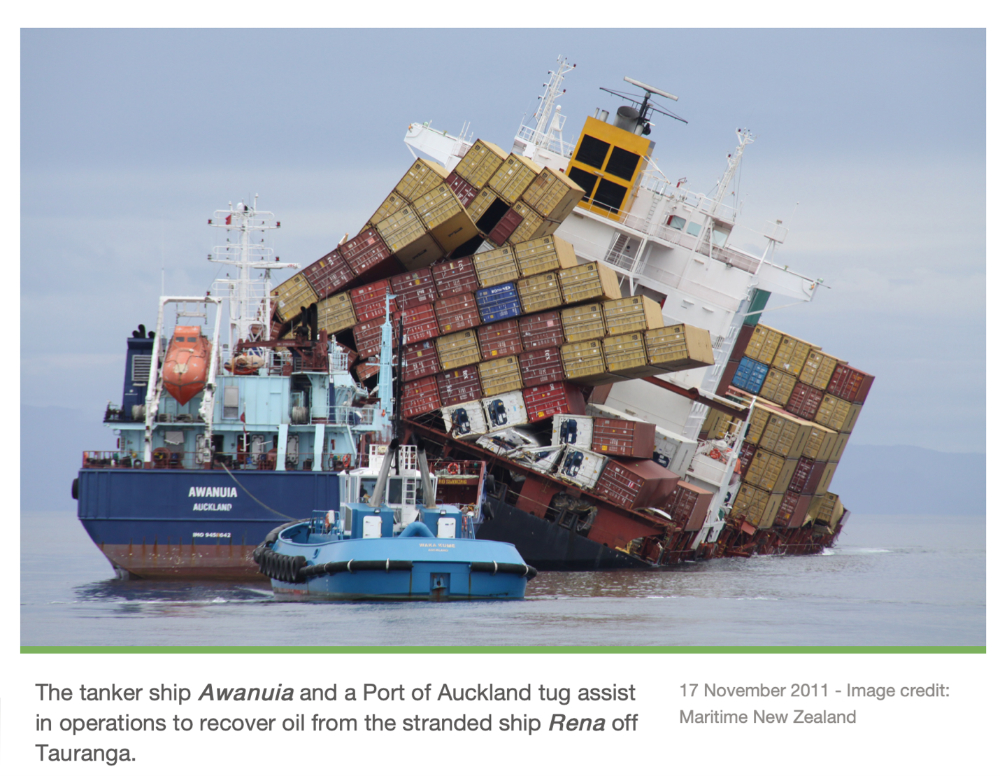
An average of over 1,000 shipping containers are lost at sea each year. Show introductory video on ocean container spills.
Optional additional/alternate video on ocean container spills, suitable for upper grades.
Shipping container spills can be especially problematic as items can quickly disperse through the ocean due to gyres. See Currents and Gyres lesson.
Review the Lincoln-Douglas debate format, modified to suit the ages of your students.
-
- Moderator states point of debate: “Should shipping companies be responsible for reporting and cleanup of spills?”
- Side 1: States arguments
- Side 2: Questions side 1
- Side 1: Responds to questions
- Side 2: States arguments
- Side 1: Questions side 2
- Side 2: Responds to questions
- Each side is given a chance for closing arguments, starting with side 1.
Randomly assign students to one side of the debate. Side 1: Yes, companies should be responsible. Side 2: No, companies should not be responsible.
Allow students time in class to research and formulate their arguments using the debate guide. They may refer back to the introductory video or gather evidence from outside sources. Using a think-pair-share format, after 10 minutes of independent research, pair students (assigned to the same side of the debate) to have them discuss and share ideas to build on each other’s arguments. Rotate pairs after another 10-minute increment, so each student has had an opportunity to collaborate with two classmates. In a two-day lesson, this would bring you to the end of the first day.
On day two, pair students for debates (one from each side of the debate) and take turns working through the groups. Observing students should take notes to use as discussion points at the end of class. The teacher may serve as moderator or you may assign a student moderator for older grades. The moderator will state the debate question, then facilitate the debate starting with Side 1 opening statements.
When all debates have been completed, bring the whole class back together for discussion. What surprised you in this lesson? What is something you want to learn more about after this lesson? What actions do you think we can take regarding shipping container spills?
Tips and Suggestions
This lesson can be taught as extension to other lessons on the ocean gyres. If used as an extension, you may omit introduction activities as appropriate.
Remind students that a proper debate requires respectful participation by all students.
Associated Standards
Next Generation Science Standards
4-ESS 2-2 Analyze and interpret data from maps to describe patterns of Earth’s features.
5-ESS 3-1 Obtain and combine information about ways individual communities use science ideas to protect the Earth’s resources and environment.
MS-ESS 3-3 Apply scientific principles to design a method for monitoring and minimizing a human impact on the environment.
AP Environmental Science Standards
8.1 Sources of Pollution STB-3.A.1 A point source refers to a single, identifiable source of a pollutant, such as a smokestack or waste discharge pipe. STB-3.A.2 Nonpoint sources of pollution are diffused and can therefore be difficult to identify, such as pesticide spraying or urban runoff.
8.2 Human Impacts on Ecosystems STB-3.B.8 Litter that reaches aquatic ecosystems, besides being unsightly, can create intestinal blockage and choking hazards for wildlife and introduce toxic substances to the food chain.
8.9 Solid Waste Disposal STB-3.K.1 Solid waste is any discarded material that is not a liquid or gas. It is generated in domestic, industrial, business, and agricultural sectors. STB-3.L.4 Some countries dispose of their waste by dumping it in the ocean. This practice, along with other sources of plastic, has led to large floating islands of trash in the oceans. Additionally, wildlife can become entangled in the waste, as well as ingest it.
Common Core Literacy Standards
CCSS.ELA-LITERACY.SL.5.1 Engage effectively in a range of collaborative discussions (one-on-one, in groups, and teacher-led) with diverse partners on grade 5 topics and texts, building on others’ ideas and expressing their own clearly.
Did you use this lesson?
Help us track our reach
Related Resources
Lesson: Sources and Sinks
How does plastic get into and impact ecosystems?
Grades 4 and up
30 to 60 minutes
Lesson: Currents and Gyres - Plastics and Global Circulation
Investigate how global currents form and influence climate and the distribution of plastic pollution throughout the world ocean.
Co-created with educator Neil Leonard
Grades 6 and up
2-3 hours
Toolkit: A Plastic Ocean Teaching Kit
Investigate the impacts of microplastics on our oceans with 3 rotating activities.
Grades 5 and up
50 minutes
Standards Alignment Guide: NGSS MS-ESS 3-3 Human Impact - "Plastic Ocean"
This guide will outline our suggestions for how to use a few of our resources to teach about the following Next Generation Science Standards (NGSS) Performance Expectation: MS-ESS 3-3 Apply scientific principles to design a method for monitoring and minimizing a human impact on the environment.
Grades 6 to 8
Variable Timing
Explore more
This is Our Ocean: Massive Aquaculture Debris Clump
Algalita scientists found a massive plastic pollution clump is the size of our research vessel and explored on, under, and around it. While not from a shipping container, it is also a form of industrial plastic pollution.


